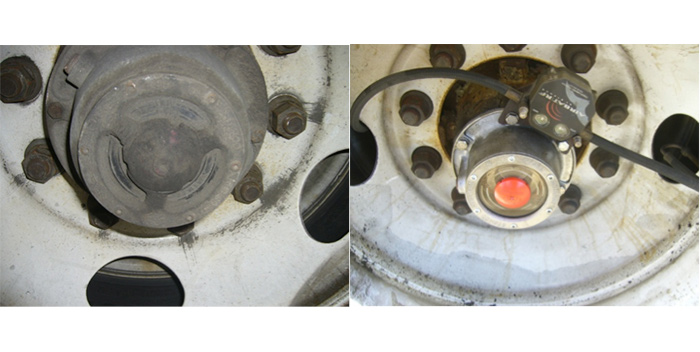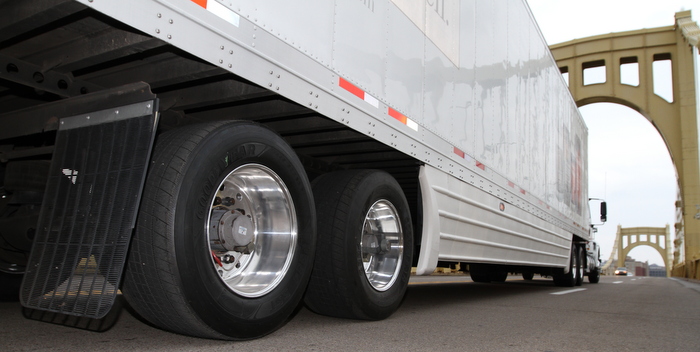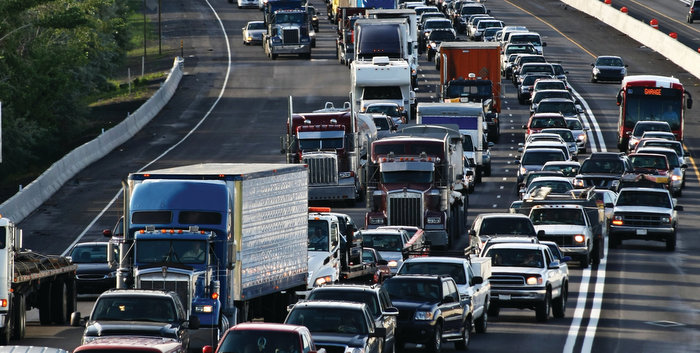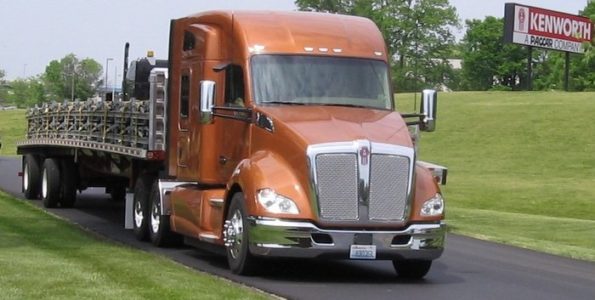The true cost of commercial truck operation extends far beyond the purchase price to include choice of financing, expected utilization and resale value. Overall commercial truck operating costs can be lowered when the buy-use-sell phases are viewed as a continuum and an opportunity to increase profitability.
There are a lot of considerations when determining the total cost of ownership of a commercial truck. If you’re in procurement, you may think getting the lowest price and the best financing for the new vehicle has the biggest impact on total cost. According to Patrick Gaskins, vice president of financial services for AmeriQuest Transportation Services, “For those who manage operations, it might be all about getting the best fuel efficiency and keeping the cost of maintenance and repairs to a minimum. And for those responsible for disposing of the asset at the end of its useful life, you could think getting the best possible resale price for the vehicle can have a significant effect in overall cost of ownership.”
For those working in financial services, each step in the commercial truck lifecycle process is equally important to the bottom line—and each plays an integral part in determining the total cost of ownership. In an ideal scenario, procurement, operations and remarketing departments should collaborate fully to help the fleet accomplish its end goal, which should be to run at the lowest possible cost-per-mile.
Unfortunately, many fleets operate in silos, with the finance manager having little understanding of day-to-day operations and what specs are needed to run one truck 120,000 miles a year on highway, while another runs short delivery runs in an urban area. And both departments probably struggle when it’s time to dispose of the truck.
Gaskins contends that sometimes, it benefits a truck fleet to re-think the way it does business—to take a fresh look at its internal processes. Fleets need a new way to evaluate lifecycle costs. For example, before a financing solution is even considered, you should take an objective look at the full picture, which includes vehicle specification, actual acquisition costs, maintenance costs, historical fuel economy costs and utilization patterns. Using that information, you can consider how long the vehicle should be used before repairs become too expensive. Think about the eventual resale value of the vehicle at the end of its useful life. Choosing the right commercial truck now can lead to profitability years ahead when it’s time to sell.
Using this kind of data-driven intelligence, you can determine how to most cost-effectively buy, use and sell a commercial truck before choosing a financing option that will work best for that truck. The solution may not be the same for each asset in the fleet. You may find that a form of capital or operating lease is best, or that a TRAC lease that enables you to finance a truck or trailer to a preset residual at the end of the term may help you better manage your cash flow and residual exposure. No matter what option works best for that vehicle, a reputable financial services company that specializes in the trucking industry can provide options that might not otherwise be available, since it partners with some of the largest banks in the country to deliver a variety of low-cost funding options. One type of lease does not fit all fleets.
When evaluating true lifecycle operating costs, remember to keep three small words in mind…buy, use and sell. These three stages of a commercial truck’s life are inextricably linked and should always be viewed together when making any calculations that will affect a fleet’s profitability.









